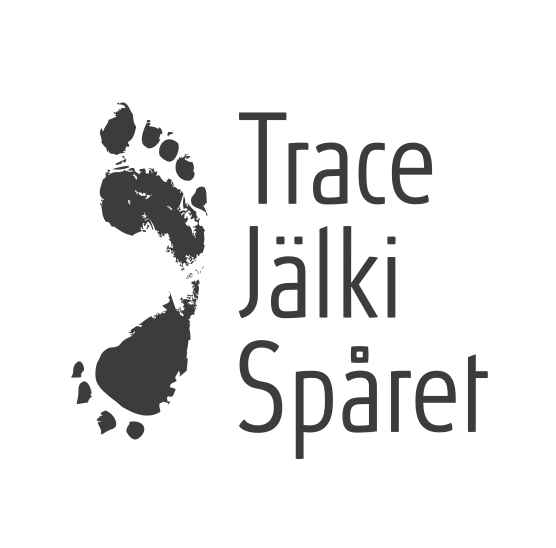Open game fences and their socio-spatial effects: Placing red deer, placing humans, managing territories
Keywords:
Cervus elaphus, Deer related conflict, human-deer relationships, private fencing, socio-ecological landscape.Abstract
Big game populations have been rapidly increasing in temperate and boreal ecosystems worldwide, which has prompted the need to study the socio-ecological issues related to their management. In addition, the use of game-fencing has been spreading in certain rural areas, especially in French Sologne. These two parallel trends raise the issue of the new socio-spatial arrangements developing in rural areas. We set up an in-depth case-study combining stakeholder-interviews and ecological surveys (red deer trails, pellets and bed sites) to understand how game fences may affect both animal and human mobility, and why this may raise human conflicts. The study site was a 17.52 km² fenced landscape comprising a public forest bordered on the north and south by two privately owned fenced lots. Both the interviews and the ecological data indicated that the fences were crossable for red deer. We did not find any fencing effect on the location of red deer trails, though red deer pellet groups were significantly more frequent outside fenced lots. On the other hand, we recorded more bed sites within fenced lots, in accordance with the stakeholders’ statements that fenced lots had a high sheltering value for red deer. This implies that stakeholders have contrasting opportunities to encounter red deer because the fences deter non-owners from trespassing. Although any private owner has the legal right to fence his or her land under French law, our finding calls for more attention to how the fencing is designed, since its effects may impact the surrounding landscape. For instance, fences can allow a single owner to impose game management policies in the areas surrounding his or her estate.






